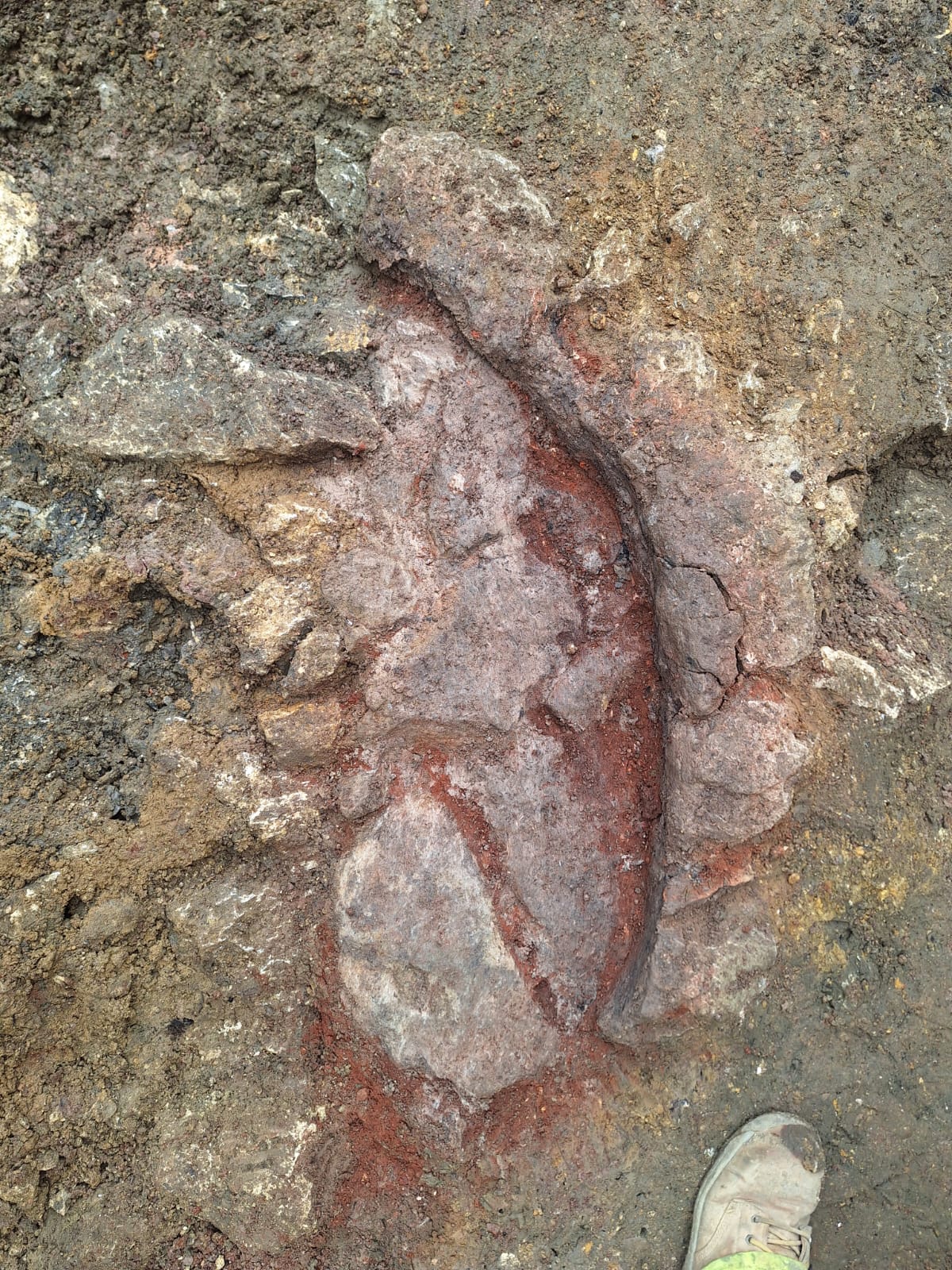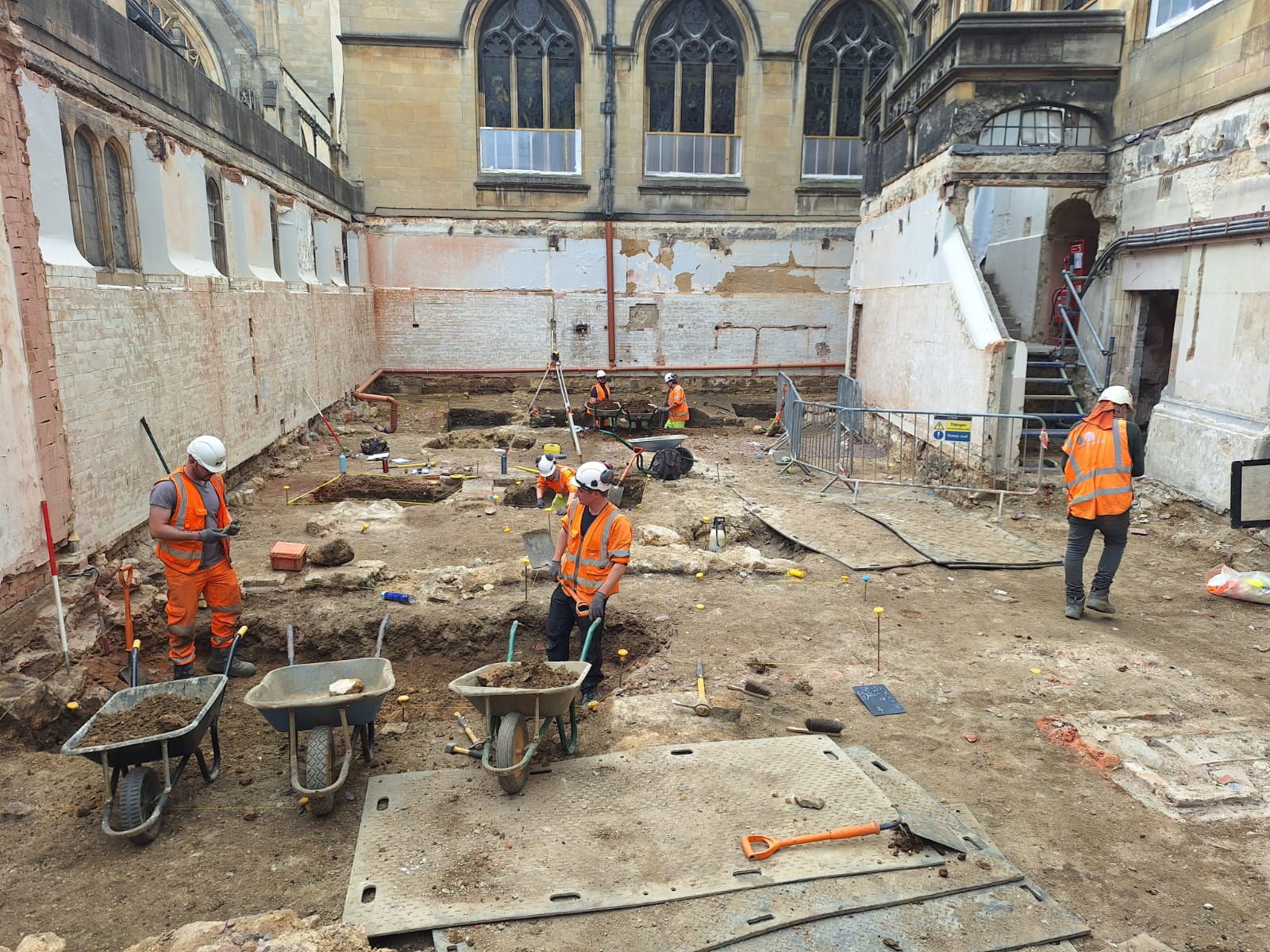Original medieval features unearthed in archaeological dig
Archaeologists have unearthed the fragmentary remains of some of Oriel College’s original structures from before it was redeveloped circa 1620–40
The medieval layout of the college can now be more accurately mapped. The archaeological dig was possible because renovation of an area at the south-east of the college in central Oxford created a once-in-a-century opportunity for excavations to go ahead. The college’s kitchens are being rebuilt, and the bar refurbished.
Oriel’s Provost, Lord Mendoza CBE, said: “As I am also Chairman of Historic England I am doubly delighted that renovation and restoration at Oriel have enabled this wonderful and important archaeological work to take place.”
He added that there is “serendipity in finding the medieval structures just before we celebrate 700 years since the college’s royal foundation in 1326”.

Ben Ford, Senior Project Manager at Oxford Archaeology, said: “This is an archaeologically rich area of Oxford, having once been located in the late-Saxon town’s south-eastern corner, before the city expanded to the east. These recent findings at Oriel build on our understanding of how it has developed.

“The discovery of a roasting hearth and oven base tells us where Oriel’s medieval kitchens were located. We have also found the remains of a substantial medieval stone wall, which was probably the former boundary between what was once St Martin’s Hall and land owned by Oriel to the north.
“These findings shed new light on the medieval layout of the area and extent of the original Oriel College buildings — and add detail to the otherwise patchy evidence from the earliest known historical maps, views and the surviving historical documents.”
Recently Ford’s team have also located the original eastern defensive line of the late Saxon town of Oxford beneath Oriel, confirming a hypothesis that had gone unresolved since the 1899, when excavations outside the Bodleian Libraries revealed a section of wall thought to be the original town’s north-eastern corner.
The whereabouts of the defences gives credibility to theories that the early fortified Oxford was significantly smaller than the later medieval town and had a square perimeter — built by the Anglo-Saxons according to the model of walled Roman towns such as Winchester.